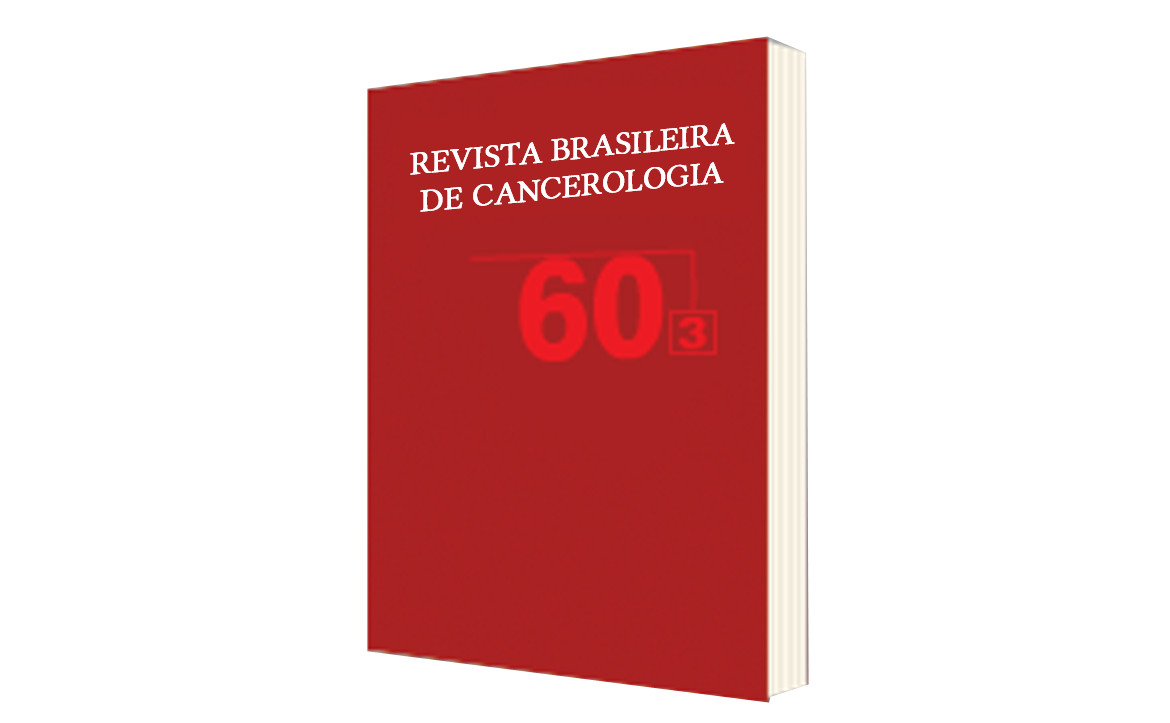Occupational Exposure to the Sun and Non-Melanoma Skin Cancer: Integrative Review
DOI:
https://doi.org/10.32635/2176-9745.RBC.2014v60n3.472Keywords:
Skin Neoplasms/etiology, Occupational Exposure, Rayos Ultravioleta, ReviewAbstract
Introduction: Non-melanoma skin cancer (NMSC) represents about 25% of all tumors registered in Brazil. Although it presents low lethality, the high morbidity carries great costs to health services and affects the wellbeing of the individual. Objective: To study the occupational sun exposure as a predisposing factor for this type of cancer. Method: A search for completed scientific articles was done using PubMed, LILACS and Science Direct database. Selected articles were cataloged and analyzed descriptively and critically, according to the particularities of each study. Results: Professionals from gardening, construction, farm workers, livestock and fisheries, due to daily and continuous exposure to UV radiation, have a greater chance of developing cancer. Occupational exposure at an early age, especially in those with clear skin and residents of countries near the equator, increases the chance of developing skin cancer. Conclusion: The main risk factor found for NMSC was the exposure to UV radiation and occupational exposure to sun. The studies surveyed showed that it’s more likely to develop occupational NMSC due to the continuous and daily exposure, as is the case for professionals in the construction and agricultural field, and the occupational exposure initiated at an earlier age (less than 30 years) is considered the greatest risk. Therefore, considering the importance of the knowledge about the risk factors, for cancer prevention and the methodological difficulties encountered in articles surveyed, it is important to conduct more epidemiological studies to clarify the relationship between occupational exposure and NMSC.









